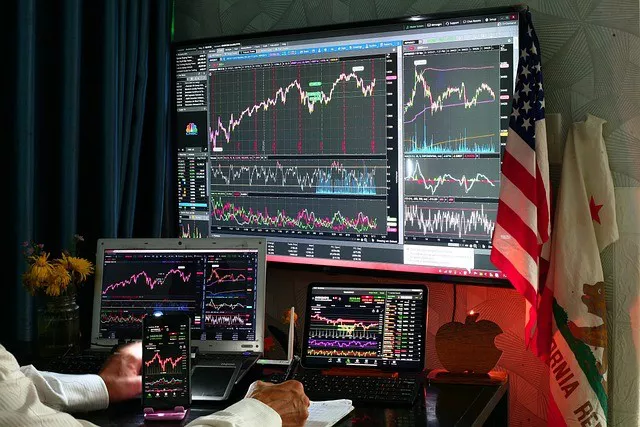Gold has long been considered a safe-haven investment, and its value often surges during times of economic uncertainty. In recent years, gold prices have experienced a significant rise, captivating the attention of investors and analysts alike. This article examines the key factors driving the surge in gold prices, shedding light on the current market dynamics and potential implications for investors.
Economic Uncertainty:
One of the primary reasons behind the ascent of gold prices is global economic uncertainty. Uncertain geopolitical events, trade disputes, and political tensions can create an atmosphere of insecurity among investors, compelling them to seek refuge in gold. The ongoing COVID-19 pandemic, inflation concerns, and volatile stock markets have further fueled this sentiment. When other asset classes seem riskier, gold becomes an attractive alternative due to its historical stability.
Inflation Hedge:
Gold is often viewed as a hedge against inflation. In periods of rising inflation, central banks may implement expansionary monetary policies, such as lowering interest rates or engaging in quantitative easing. These measures can lead to currency devaluation and erode the purchasing power of fiat money. As investors anticipate inflationary pressures, they turn to gold as a store of value, thereby driving up its demand and price.
Central Bank Reserves:
Central banks around the world hold significant amounts of gold in their reserves. In recent years, several countries, including China and Russia, have actively increased their gold holdings. This trend reflects a strategic diversification away from traditional reserve currencies like the U.S. dollar. Such actions by central banks signal confidence in gold’s long-term value, leading to increased demand and subsequent price appreciation.
Negative Real Interest Rates:
The relationship between real interest rates and gold prices is inversely correlated. When real interest rates (adjusted for inflation) are low or negative, the opportunity cost of holding gold diminishes, making it an attractive investment. In response to economic downturns or financial crises, central banks may lower interest rates to stimulate growth. This effectively reduces real interest rates and motivates investors to seek alternative investments like gold.
Technological Demand:
While gold is primarily seen as a financial asset, its value is also influenced by industrial demand. Gold is widely used in various industries such as electronics, jewelry, and dentistry. The rapid growth of emerging technologies like smartphones, electric vehicles, and renewable energy systems has driven the demand for gold as a crucial component in their manufacturing processes. This dual role of gold as both an investment and an industrial commodity further contributes to price appreciation.
Speculative Trading and Investor Sentiment:
The movement of gold prices is also influenced by speculative trading activity and investor sentiment. In times of market volatility and uncertainty, traders and investors often turn to gold as a safe haven. Increased buying pressure from speculators seeking short-term gains can lead to upward price momentum. Similarly, positive or negative sentiment regarding the overall health of the global economy can impact gold prices significantly.
Conclusion:
The surge in gold prices observed in recent years can be attributed to a combination of factors. Economic uncertainty, inflation hedging, central bank reserves, negative real interest rates, technological demand, and speculative trading all contribute to the rise in gold prices. While predicting future price movements is challenging, understanding these underlying dynamics can assist investors in making informed decisions about their portfolios. As global events continue to unfold, staying attuned to these factors will be crucial for comprehending the trajectory of gold prices and navigating the ever-evolving financial landscape.


